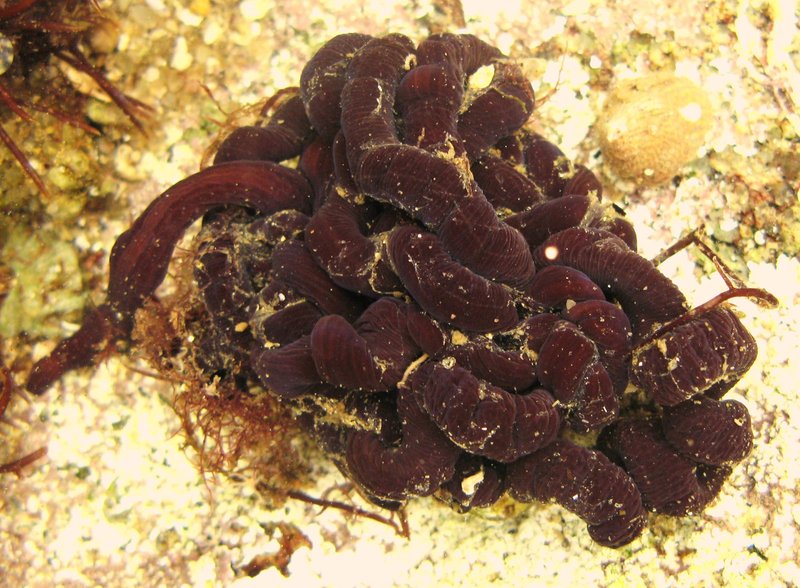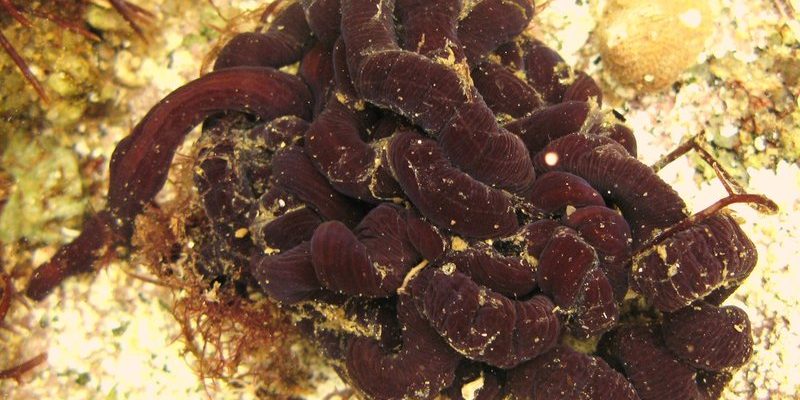
Picture a beautiful garden, once lush and vibrant but now overrun by weeds and neglect. When we restore that garden, we bring back not just flowers but an entire ecosystem. Habitat restoration is about returning areas to their natural state, which can involve removing invasive species, planting native plants, and restoring waterways. This process can help revive local wildlife, including bootlace worms, which are often found in damp, sandy coastal habitats. You might be wondering what exactly bootlace worms are, and why they would need our help.
Let me explain: bootlace worms are remarkable creatures that can grow up to 30 meters long! They thrive in environments where they can burrow into the sand, helping to aerate and enrich the soil. By restoring their habitats, we’re not just saving a worm; we’re also enhancing the overall resilience of the ecosystem. So, how does this all tie together? Let’s explore the many layers of habitat restoration and its ripple effects on bootlace worms and their homes.
What Are Bootlace Worms?
Bootlace worms, scientifically known as *Lineus longissimus*, are some of the longest animals in the world. Found predominantly in marine environments, these fascinating creatures can measure over 30 meters, making them a sight to behold. They get their name from their long, thin, and often undulating bodies that resemble a bootlace.
You might ask, how do these worms live? Bootlace worms are predators that primarily feed on small invertebrates. They use their unique gelatinous bodies to ensnare unsuspecting prey, playing an essential role in the aquatic food chain. They prefer habitats with plenty of organic matter, like seagrass beds and soft substrates, which is where habitat restoration comes into play. By restoring these environments, we can support their populations and ensure they thrive.
The Importance of Habitat Restoration
Habitat restoration is vital for many reasons. Most importantly, it helps restore the balance of ecosystems that can be disrupted by various factors like pollution, climate change, and urban development. When we take steps to restore these environments, we create healthier places for all kinds of wildlife to thrive.
Think of it like fixing a broken watch. Every tiny cog must work perfectly for the watch to tell time accurately. In ecosystems, each species, including bootlace worms, plays a unique role that contributes to the overall health of their habitat.
By focusing on habitat restoration, we’re not just helping individual species. We’re also paving the way for biodiversity, which enhances soil health, promotes carbon sequestration, and helps combat climate change. When habitats are restored, the benefits can spread far beyond the immediate area—supporting entire ecosystems and, ultimately, human well-being.
How Habitat Restoration Affects Bootlace Worms
Restoration efforts can significantly impact bootlace worms, and here’s why. These worms thrive in specific conditions: clean, sandy substrates and rich organic matter. Unfortunately, pollution and habitat degradation can lead to their decline, as these conditions become inhospitable.
When we restore habitats, we often focus on cleaning up pollutants and improving water quality, which directly benefits bootlace worms. For example, removing harmful algae blooms and toxic substances can lead to healthier waters, allowing bootlace worms to flourish. They need environments where they can burrow and hunt effectively, and restoration helps create that dynamic.
Additionally, restoring seagrass beds and coastal wetlands provides stable environments where bootlace worms can thrive. These areas act as nurseries for many marine species, enhancing biodiversity and providing food sources for various animals, including bootlace worms.
Real-World Examples of Successful Habitat Restoration
Let’s take a look at some real-world examples of habitat restoration projects that have positively impacted bootlace worms and similar species. In the UK, the “Blue Planet” initiative focuses on restoring coastal habitats. By revitalizing salt marshes and seagrass beds, they have seen a resurgence in local marine life, including bootlace worms.
Another excellent example comes from New Zealand, where they have worked tirelessly to restore estuaries and wetlands. These areas were once home to vast populations of bootlace worms but suffered due to urban development and pollution. Now, after restoration efforts, these habitats are bouncing back, and so are the worms!
Such examples illustrate how dedicated restoration projects can lead to healthier ecosystems and revive populations of species that were once on the decline. It’s a powerful reminder that even small actions can have a big impact.
Challenges in Habitat Restoration
While habitat restoration offers numerous benefits, it’s not without its challenges. Restoring a habitat is a complex process that requires careful planning and ongoing commitment. Here are a few common hurdles:
- Funding: Restoration projects often depend on grants and public support, which can fluctuate.
- Invasive Species: Non-native plants and animals can threaten the success of restoration efforts, requiring additional management.
- Climate Change: Shifting weather patterns can impact restoration goals, forcing projects to adapt continuously.
These challenges can complicate the restoration process, making it essential for organizations and local communities to stay informed and resilient. Working together, people can often overcome these obstacles, ensuring that bootlace worms and other wildlife have a chance to thrive in restored habitats.
The Future of Bootlace Worms and Habitat Restoration
Looking ahead, the future of bootlace worms hinges largely on our commitment to habitat restoration. As awareness about environmental issues grows, so does the understanding of the intricate connections between species and their habitats. This shift in mindset is crucial for developing meaningful restoration projects.
Moreover, innovation plays a significant role in the future of restoration. New technologies, like remote sensing and data analysis, help scientists better understand ecosystems and monitor restoration efforts. As we improve our techniques, projects can become more effective and sustainable.
Ultimately, the health of bootlace worms is tied to the health of their habitats. By prioritizing restoration and embracing innovative solutions, we can create a brighter and more biodiverse future for these remarkable creatures and their ecosystems.
In the end, habitat restoration isn’t just about saving a single species; it’s about nurturing entire ecosystems and creating a balanced environment that benefits all living things. As we continue to restore our planet’s habitats, let’s not forget the bootlace worms and many other lesser-known species that rely on our efforts to thrive. Together, we can help our planet heal—one worm, one garden, and one ecosystem at a time.

